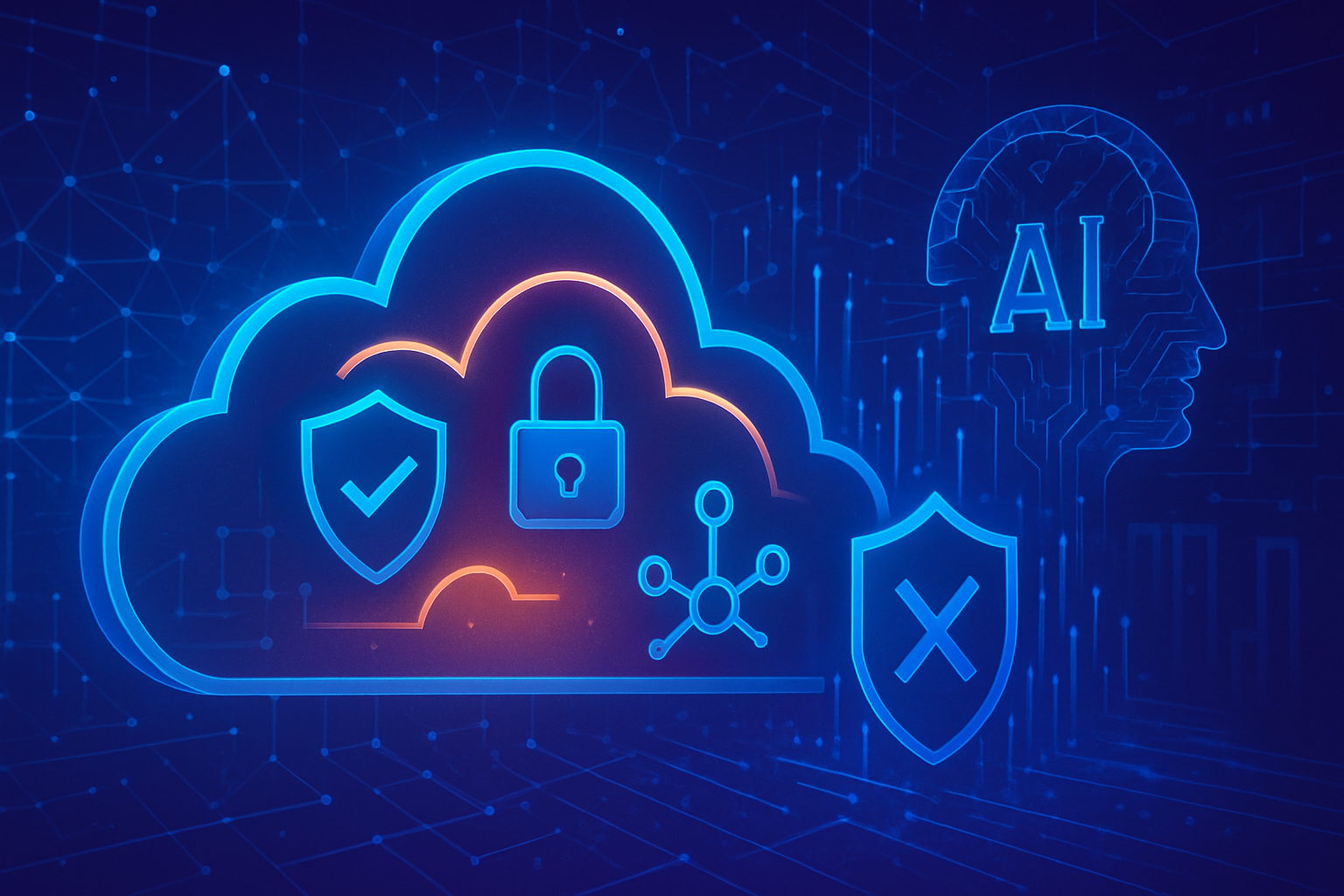The recent initiative by Cloudflare triggers a tangible disruption in the digital ecosystem. An open war against artificial intelligence companies is looming, making access to online content more complex. Saturation issues caused by AI bots act as a brake for many online content creators. Cloudflare’s decision to block these automated agents by default transforms the rules of the game regarding intellectual property and access rights.
A radical change in online data management
Cloudflare, a global leader in content delivery networks (CDNs), is imposing a new policy that blocks AI bots by default. This initiative, which came into effect on July 1st, aims to protect the content of websites, whether or not they consent to access by these automated technologies.
The consequences for AI companies
Many companies, including OpenAI with its GPTBot and Anthropic with its ClaudeBot, now face significant restrictions. These bots generate a considerable amount of requests, often to the detriment of the targeted sites’ performance. Cloudflare has revealed that these data scrapers can create saturation, slowing down the online services of businesses.
A movement in favor of publishers
Cloudflare’s new policy responds to growing complaints from website owners and publishers. Companies like The Associated Press and Condé Nast are voicing concerns over aggressive practices that are becoming commonplace. These businesses accuse AI giants of accessing their content without consent, often neglecting established protocol standards such as robots.txt.
The role of legislation and regulations
The legal framework surrounding the use of protected data is undergoing significant upheaval. Recent decisions have validated controversial practices, classifying certain uses of protected content as fair use. However, this creates an atmosphere of discontent among content creators, who fear that legislation may favor the interests of AI companies.
An innovative approach with “Pay Per Crawl”
To complement this turnaround, Cloudflare has introduced a “Pay Per Crawl” program. This model allows publishers to set their own rates for access to their content by AI companies. Its implementation relies on a previously underutilized web server response, HTTP 402, which will signal a “payment required”.
Financial aspects of data access
This initiative could radically transform the economic landscape of the web. By making access to data paid, Cloudflare encourages AI companies to reconsider their approach to using protected content. Access to content will no longer be free, forcing AI giants to negotiate licenses, a revolution in a sector where access had previously been taken for granted without compensation.
Impact on traffic to news sites
The rise of AI technologies has already had a measurable impact on traffic to news sites. Statistics reveal a concerning drop in traditional audiences, with Business Insider reporting a 55% decrease since April 2022. This phenomenon raises concerns about the future of news media in the digital age.
On the horizon: new developments to watch
The reaction of other CDNs like Akamai to this evolution raises questions. This new framework could set a precedent for regulating interactions between content platforms and AI companies. The battle for access rights and data usage is just beginning, and it may redefine the relationship between technology and copyright on the web.
Frequently asked questions
What are the main changes made by Cloudflare regarding AI crawlers?
Cloudflare has decided to block access to AI crawlers by default starting July 1st, thus preventing these bots from accessing the content of websites without explicit permission from the owners.
How does Cloudflare plan to detect “hidden” AI crawlers?
Cloudflare uses a combination of behavioral analysis and machine learning to identify bots attempting to evade detection, thereby enhancing the protection of users’ websites.
What impacts does this Cloudflare policy have on websites?
This policy aims to reduce the slowdown of sites caused by an excessive volume of requests generated by AI crawlers, allowing the sites to operate more efficiently.
Do AI companies now need to request permission to access content?
Yes, AI companies must now request explicit access and clarify their intentions before being allowed to crawl websites protected by Cloudflare.
What is the “Pay Per Crawl” program launched by Cloudflare?
This program allows publishers to set their own rates for AI companies that wish to extract their content, thus providing them with a means to monetize access to their data.
How does this influence the economic model of content creators?
This new approach allows creators and publishers to establish an economic model where they can be compensated for their content, thus creating better financial opportunities.
Why are publishers worried about AI access to their content?
Publishers are concerned that AI companies exploit their content without permission or compensation, harming their traffic and revenue.
What has been the impact of AI crawlers on news site traffic?
Traffic to many news sites has dropped significantly, with some like Business Insider recording a decrease of over 55% due to the intrusion of AI technologies.
Could this Cloudflare policy influence other CDNs?
It is possible that other CDN service providers, like Akamai, may follow Cloudflare’s lead by adopting similar policies in response to the rise of AI crawlers.
How can creators defend themselves against unauthorized use of their content by AIs?
Creators can protect their content by subscribing to services like those offered by Cloudflare, which allow them to control and limit access to their data.






